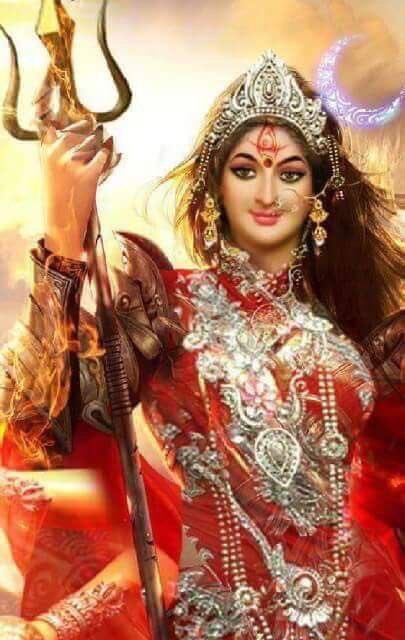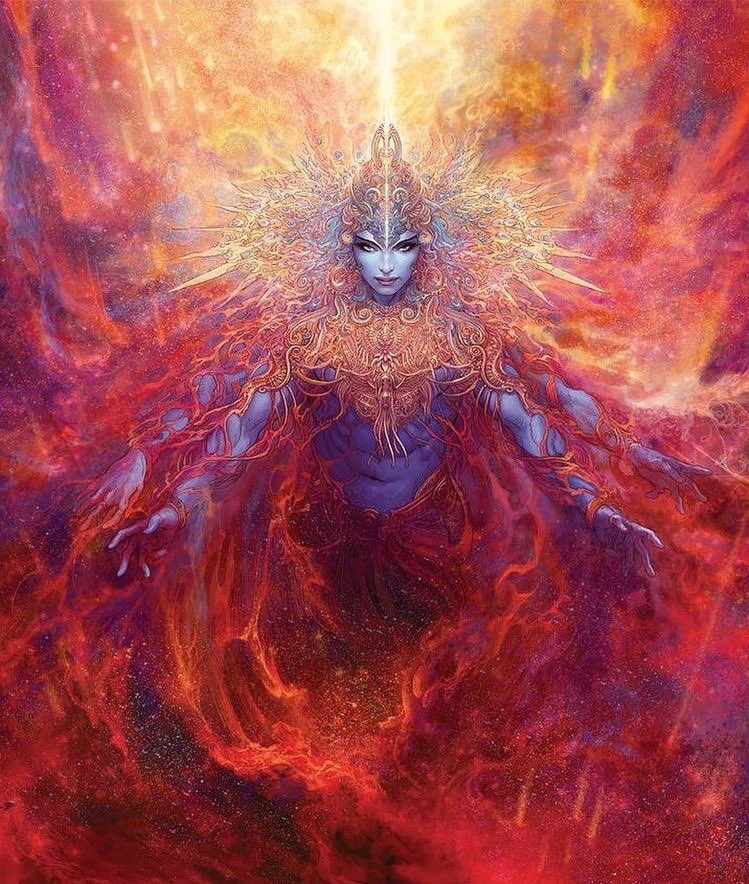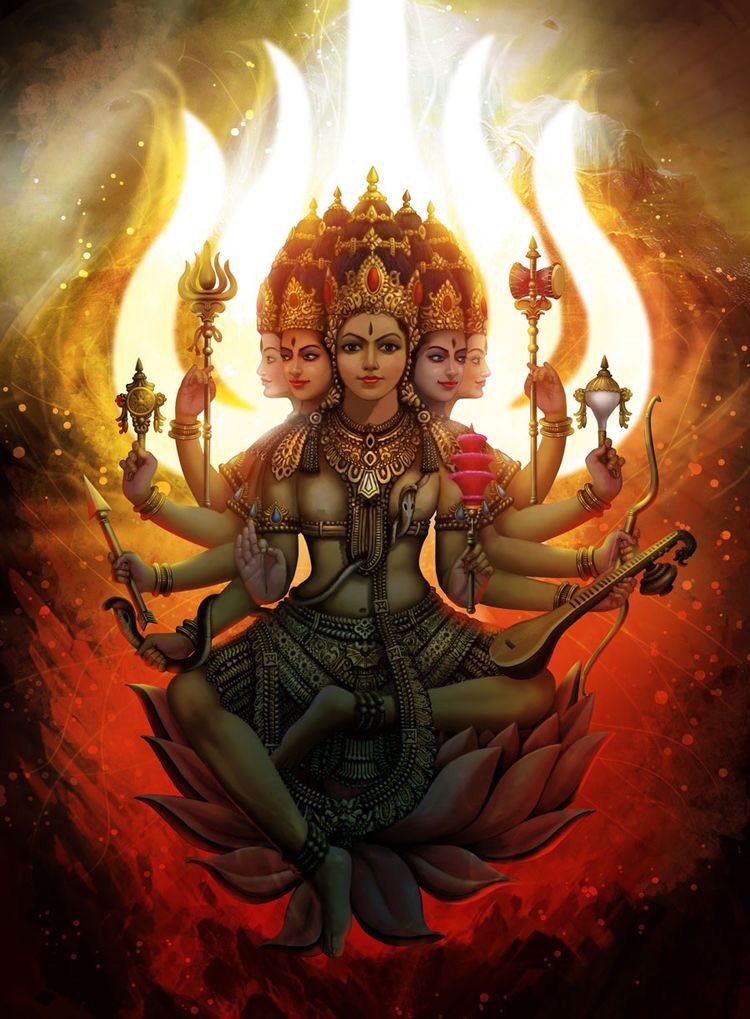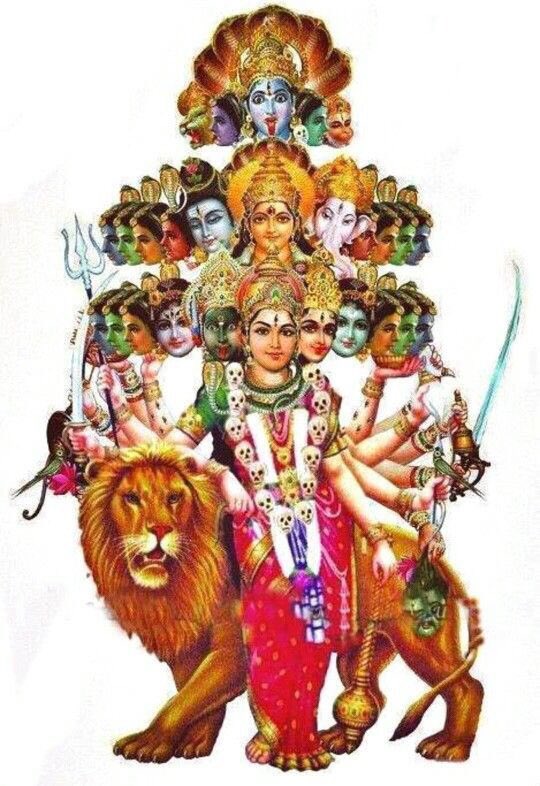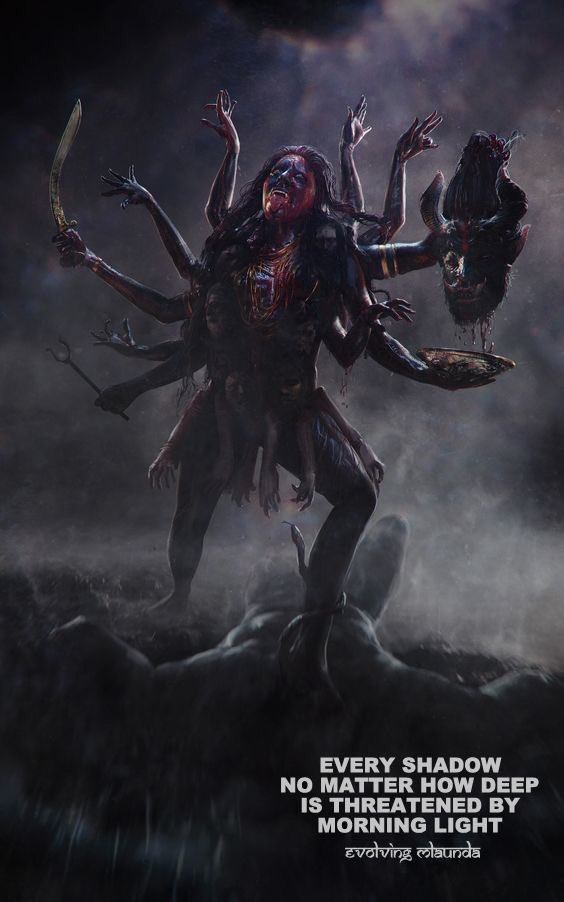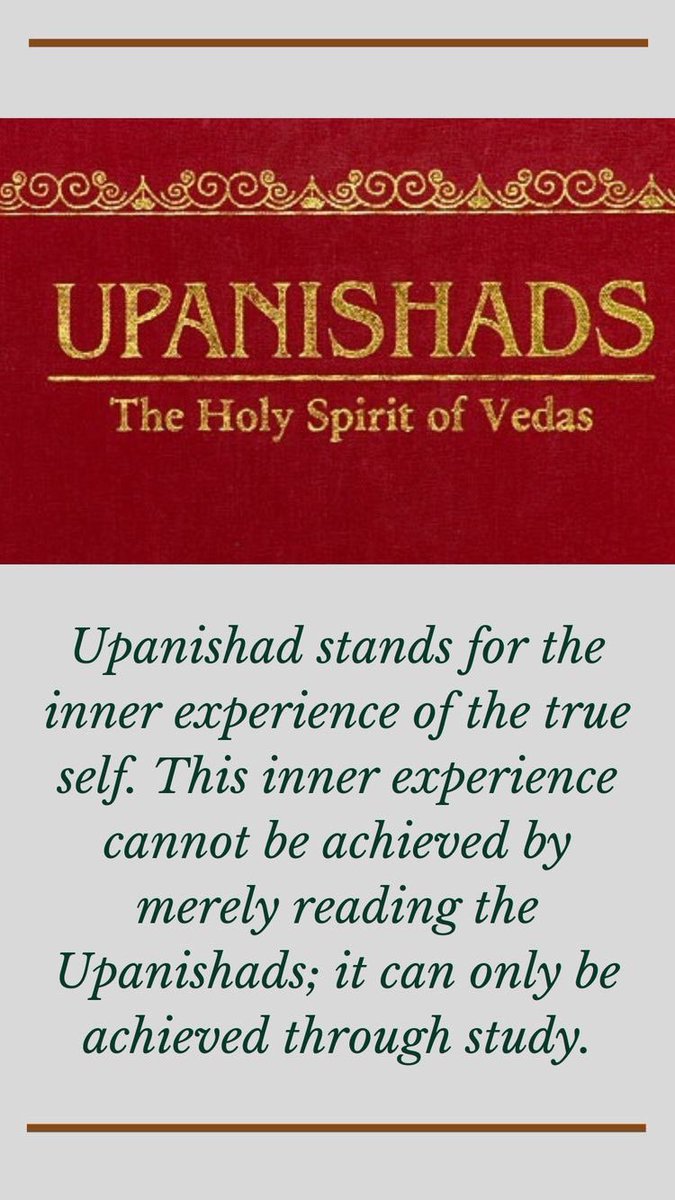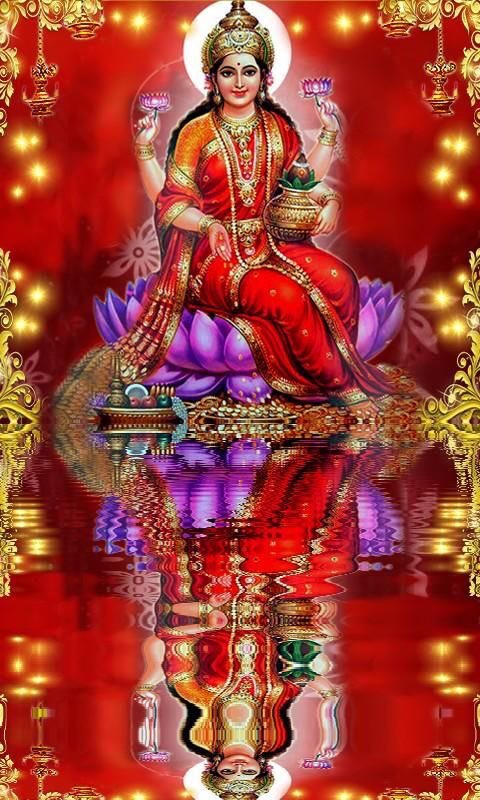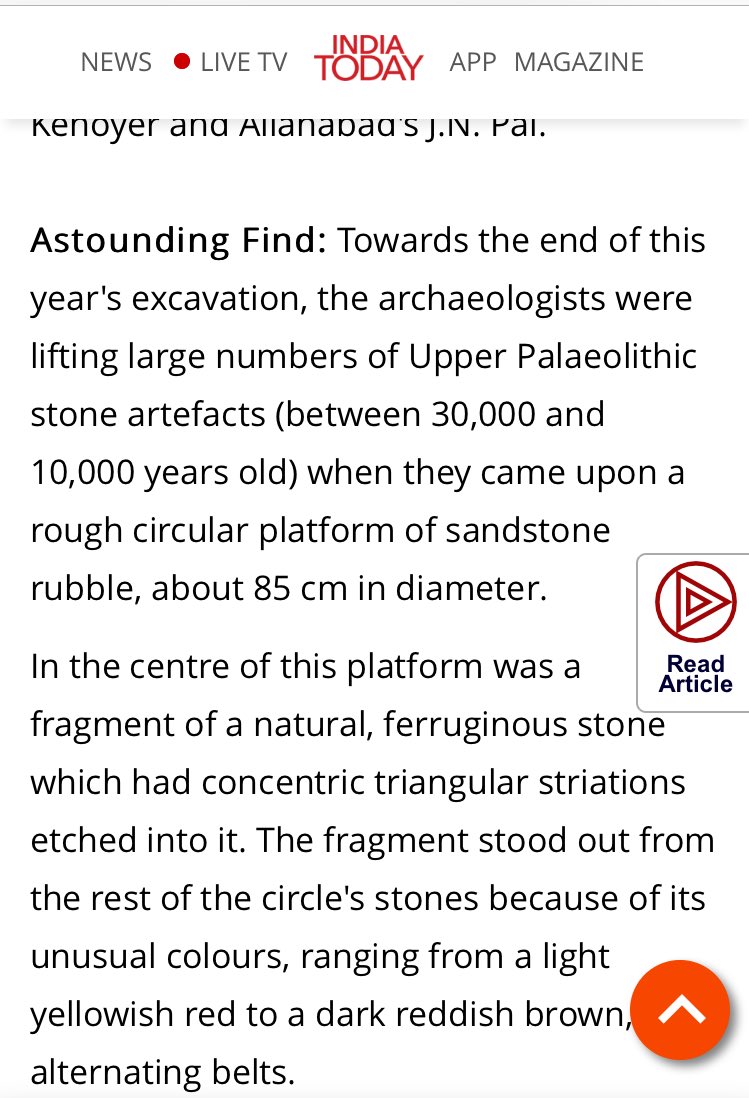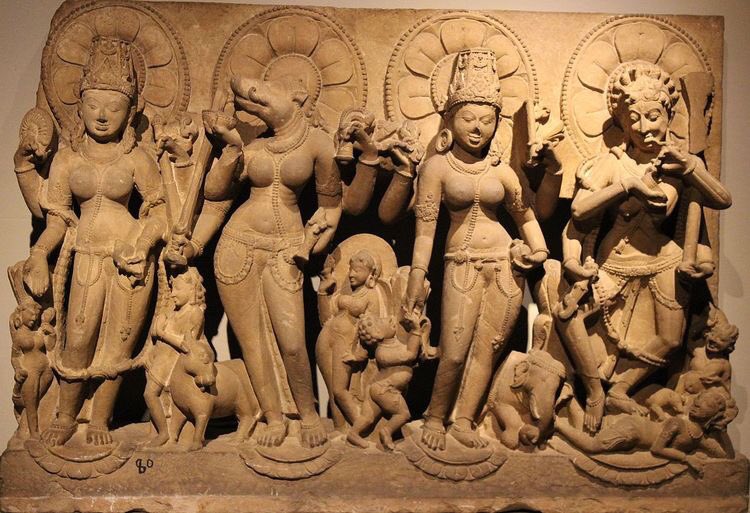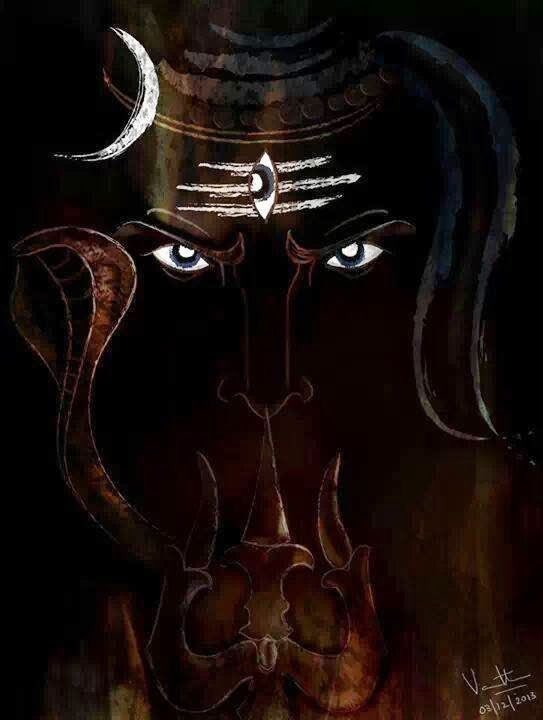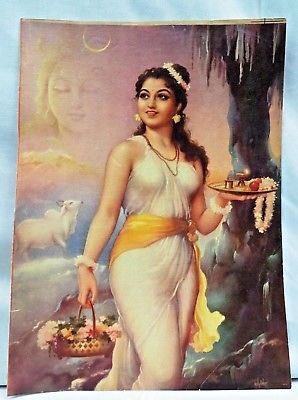#Thread of shaktism
Modern hinduism holds 4 major sects- Vaishnavism, Shaivism, shaktism & smartism.
Shaktism recognize Shakti as the power that underlies the male principle, and regards Devi (& #39;the Goddess& #39;) as the Supreme Brahman itself, with all other forms of divinity,
Modern hinduism holds 4 major sects- Vaishnavism, Shaivism, shaktism & smartism.
Shaktism recognize Shakti as the power that underlies the male principle, and regards Devi (& #39;the Goddess& #39;) as the Supreme Brahman itself, with all other forms of divinity,
considered to be merely her diverse manifestations.
In the details of its philosophy and practice, Shaktism resembles Shaivism. However, Shaktas, practitioners of Shaktism, focus most or all worship on Shakti, as the dynamic feminine aspect of the Supreme Divine.
In the details of its philosophy and practice, Shaktism resembles Shaivism. However, Shaktas, practitioners of Shaktism, focus most or all worship on Shakti, as the dynamic feminine aspect of the Supreme Divine.
But, if we look into its larger picture, Shaktism doesn’t focus only on Parvati. Hindus regard all female deities as her different manifestations and may refer to her simply as Devi (Goddess). The Mother Goddess has many forms. Some are gentle, some are fierce.
In her beneficent aspect she is known variously as Uma, Parvati, and Ambika. In her fierce, destructive aspect she is represented as the Kali, the demon-destroying Durga, & the goddess of smallpox, Shitala. She is also worshipped as the Lakshmi, who is the wife of Vishnu.
Shaktism is closely related with Tantric practices, which teaches rituals and practices for purification of the mind and body. Shaktas use chants, real magic, holy diagrams, yoga and rituals to call forth cosmic forces.
History of shaktism starts with the mentioning of Aditi and usha which are mentioned as goddess in vedas. Later it has been mentioned in various upanishads.
Saubhagyalakshmi Upanishad is a Shakta Upanishad related to the Rig Veda which worships Lakshmi form of Shakti.
Saubhagyalakshmi Upanishad is a Shakta Upanishad related to the Rig Veda which worships Lakshmi form of Shakti.
Similarly, the Sarasvati-rahasya Upanishad of the Krishna Yajurveda worships Saraswati form of Shakti.
The Devi Upanishad of the Atharva Veda worships Durga.
The Sita Upanishad of the Atharva Veda worships Sita as a form of the Shakti.
The Devi Upanishad of the Atharva Veda worships Durga.
The Sita Upanishad of the Atharva Veda worships Sita as a form of the Shakti.
Also, the Bahvricha Upanishad of Rig Veda worships the feminine form of the Devi in general.
The earliest Mother Goddess figurine unearthed in India near Prayagraj has been carbon-dated back to the Upper Paleolithic, approximately 20,000 B.C.E.
The earliest Mother Goddess figurine unearthed in India near Prayagraj has been carbon-dated back to the Upper Paleolithic, approximately 20,000 B.C.E.
Dating back to that period are also collections of colorful stones marked with natural triangles discovered near Mirzapur in Uttar Pradesh
Shakta has two main forms, the Srikula "family of the Goddess Shri", which respects the brahminical tradition and is strongest in S.India;
Shakta has two main forms, the Srikula "family of the Goddess Shri", which respects the brahminical tradition and is strongest in S.India;
the Kalikula, "family of Kali," which rejects brahminical tradition and prevails in Northern and Eastern India. Four major expressions of Shaktism are evident today: folk-shamanism, yoga, devotionalism and universalism.
Those who say that in hinduism women were suppressed, they should go through our scriptures and find out that women have always been a subject of superiority and respect.
Please subscribe my telegram channel to read all my threads written on Hinduism, history, science and politics: https://t.me/hathyogi31 ">https://t.me/hathyogi3...

 Read on Twitter
Read on Twitter